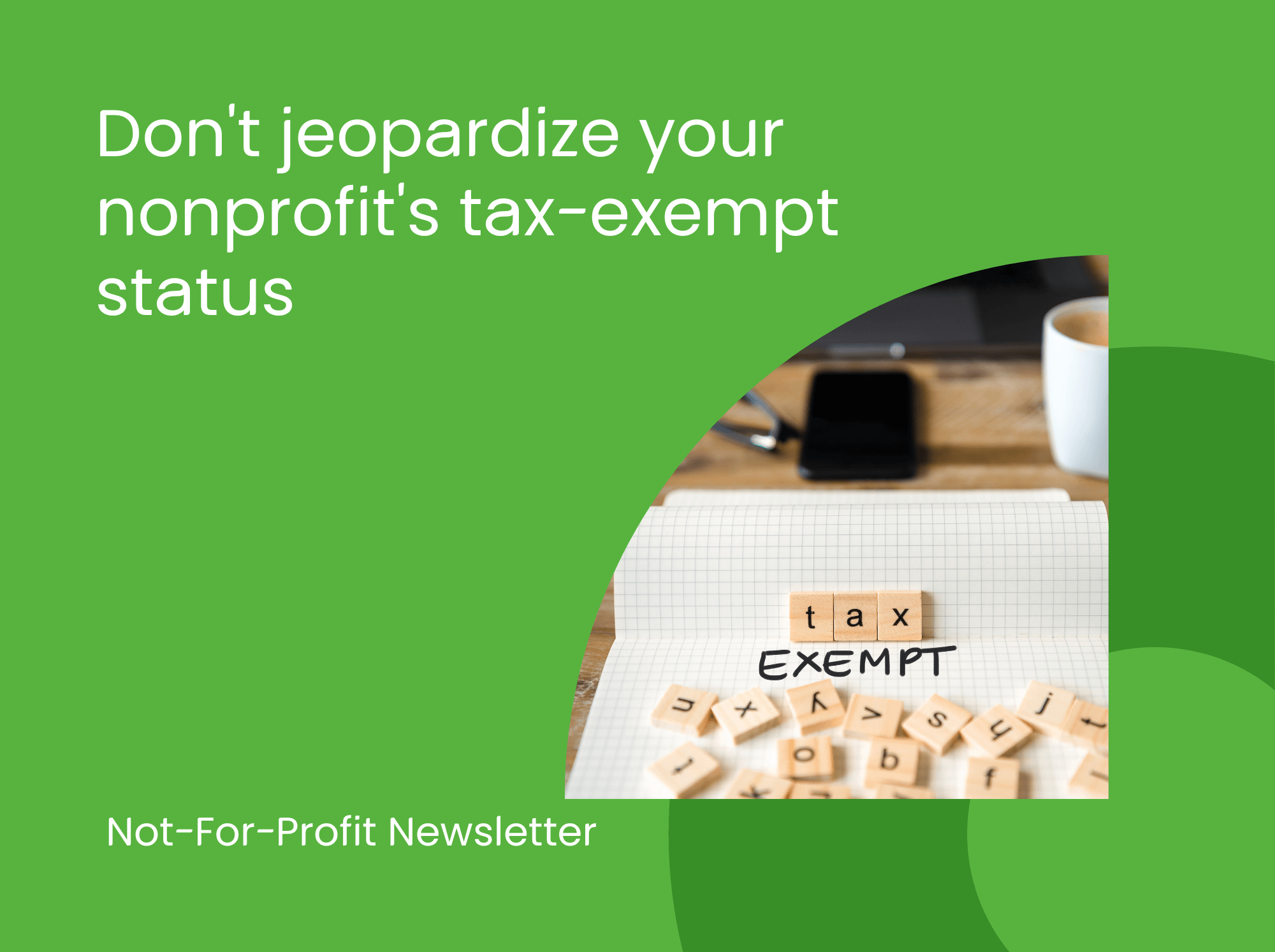The Affordable Care Act established the health insurance premium tax credit (PTC). It first became available to taxpayers in the 2014 tax year. If you or a loved one is eligible for this refundable credit, it can be claimed even if the taxpayer doesn’t owe federal income tax for the year.
Here’s what you need to know about the credit and its eligibility requirements.
PTC Basics
The PTC is intended to make health insurance coverage more affordable for folks with modest incomes who don’t receive qualifying employer-sponsored coverage. Individuals and families are potentially eligible for the credit if they:
- Meet the applicable income-level requirement, and
- Enroll in a qualified health plan through a state-operated individual insurance marketplace, a federally-operated state marketplace or a state marketplace operated by a federal-state partnership.
Taxpayers with lower incomes receive larger credits to help cover the cost of their insurance, and those with higher incomes receive lower credits. For lower-income individuals, the credit can potentially pay for a big chunk of health insurance costs, so it can be an important tax break.
PTC Eligibility Rules
Because the PTC is a federal tax credit, eligibility and the allowable credit amount are calculated based on the applicable tax year. To qualify, you can’t be eligible to enroll in minimum essential coverage under a government-sponsored program, such as Medicare, Medicaid, Children’s Health Insurance Program (CHIP) or the U.S. military’s TRICARE program.
You also must demonstrate that you don’t have access to affordable employer-sponsored minimum essential coverage. Employers that offer coverage must disclose if it meets this definition. For 2016, employer-sponsored minimum essential coverage is considered “affordable” if the employee’s required contribution for the lowest-cost, self-only coverage doesn’t exceed 9.66% of household income (up from 9.56% for 2015).
Computing household income starts with the employee’s modified adjusted gross income (MAGI). Then, add the MAGI of every other individual in his or her family for whom the employee can properly claim a personal exemption deduction and who’s required to file a federal income tax return.
Finally, to be eligible for the PTC, you must be an applicable taxpayer by meeting the following requirements:
- Your household income for the year is between 100% and 400% of the federal poverty line for your family size.
- You can’t be claimed as a dependent by another taxpayer for the year.
- You file a joint tax return for the year if you’re married. (Special rules allow using married-filing-separate status for victims of domestic abuse and spousal abandonment.)
Advance PTC Payments
If you’re eligible for the PTC, you don’t have to wait until you file a Form 1040 for the year to benefit. Instead, you can choose to have the estimated credit amount paid directly to the insurance company in monthly installments to lower your monthly premiums. These are called “advance PTC payments.”
Eligibility for advance PTC payments is established during the process of determining if you’re eligible to purchase coverage through the state marketplace. The marketplace must verify that you aren’t eligible for minimum essential coverage through another source, such as Medicaid or an employer-sponsored plan.
The marketplace will also:
- Determine if your projected income for the year meets the criteria for advance PTC payments,
- Calculate the monthly advance PTC payment amount, and
- Generally, obtain income information for the most recently available tax year from the IRS and use it to calculate your projected income for advance PTC payment purposes.
Because your eligibility to receive advance PTC payments is based on projected information, it may turn out that your actual allowable PTC amount for the year is less than the advance payments sent to your insurance company. In that event, the difference is treated as an addition to your federal income that must be paid when you file your return for that year. That will increase your tax bill or reduce your refund.
If it turns out that your allowable PTC amount exceeds the advance payments sent to your insurance company, the difference is refunded to you. That will decrease your tax bill or increase your refund.
Important note: Every taxpayer who benefits from advance PTC payments must file a federal income tax return for the year the advance payments were made, regardless of whether the taxpayer would otherwise be required to file a return.
Professional Guidance
This article only scratches the surface of the complicated PTC rules. Your tax advisor can help you understand if you’re eligible, crunch the numbers and handle the paperwork. Moreover, if you (or a loved one) inadvertently missed out on this credit on last year’s tax return, your tax advisor can file an amended tax return.
______________________________________________________________________________________________________
Calculating the PTC
Your allowable PTC amount for the tax year is actually calculated on a monthly basis using “coverage months” (the number of months during the year that you have and pay for qualified coverage). Generally, you can’t count months that you are eligible to enroll in minimum essential coverage that’s provided by a non-state-marketplace plan, such as a government plan or employer-sponsored plan.
To determine the allowable PTC amount for the year, you must compare the actual premiums paid for coverage to a calculated affordable premium amount, based on your household income and adjusted monthly premiums for a so-called “benchmark plan.” The difference between your actual premiums and the calculated affordable premium amount is the allowable PTC amount for the year.
Each state marketplace is required to send the IRS copies of Form 1095-A, Health Insurance Marketplace Statement, which supplies information about taxpayers who enrolled in its coverage. Taxpayers also get a copy of Form 1095-A, which is used to complete their tax returns and to reconcile any advance payments received with the actual PTC amount to which they’re entitled.
Copyright 2017



